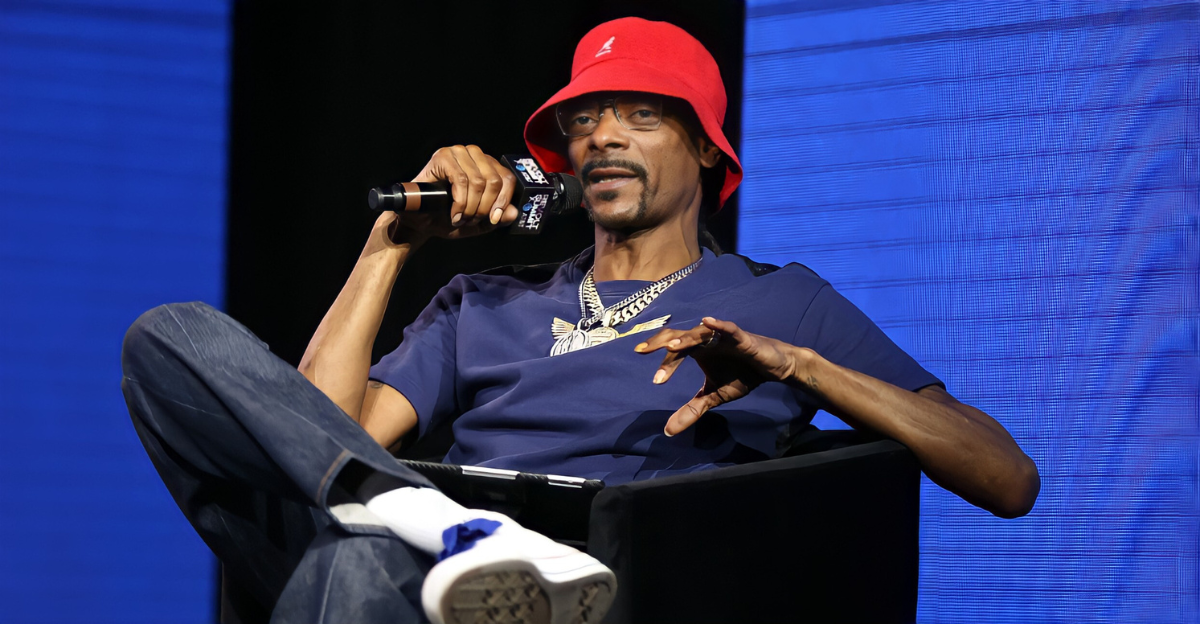
Movie nights are meant to be effortless escapes, a chance to laugh, relax, and share a story with loved ones. But sometimes what plays on screen collides with reality in unexpected ways. That’s what happened recently for one legendary entertainer. Instead of a carefree evening, the film sparked tough questions at home, revealing how entertainment can nudge us into honest conversations.
For this superstar grandparent, a night of popcorn and laughter quickly turned into something more profound. It showed that even public figures can be caught off guard by a child’s simple curiosity and left searching for answers.
Snoop Dogg’s Family Side in the Spotlight
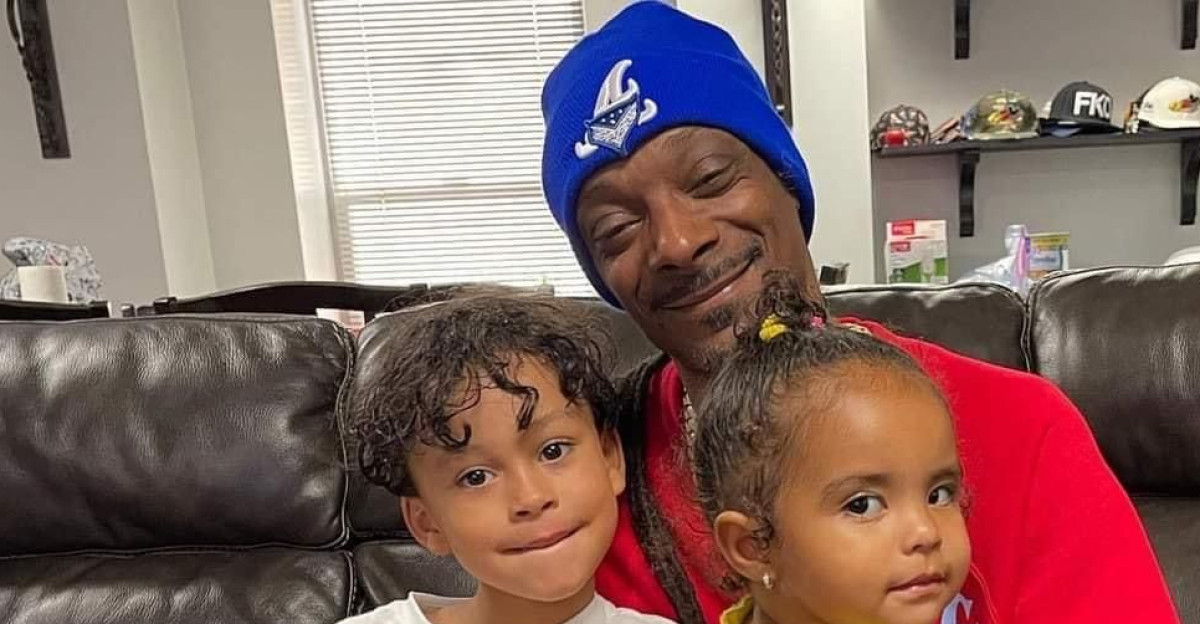
Known for his laid-back charm and sharp wit, Snoop Dogg has never shied away from sharing glimpses of family life. However, during a recent podcast appearance, he admitted that he sometimes feels unprepared when parenting collides with cultural change. What started as an ordinary trip to the movies with his grandchildren suddenly became a crash course in modern family dynamics.
As he explained, the moment wasn’t scripted; it caught him completely by surprise. His honesty revealed something universal, showing that parents of every generation must improvise when faced with questions they never expected to hear from children so young.
The Grandson’s Honest Question
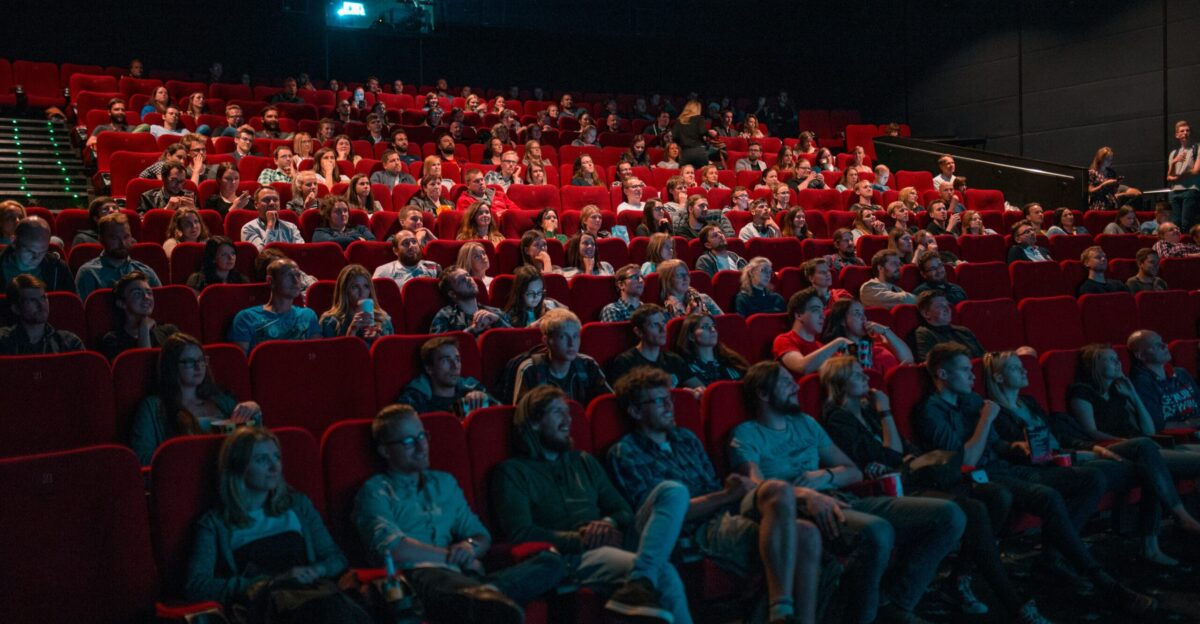
Theater lights dimmed, previews rolled, and the family settled in. Then came the question that stopped Snoop cold. His grandson turned to him mid-movie and asked, “Papa Snoop? How can she have a baby with a woman? She’s a woman!” The innocent phrasing struck him more deeply than any scene.
Snoop later described on the It’s Giving podcast, he had no quick response. The moment captured a generational reality of how kids absorb storylines instantly and often cut straight to the heart of today’s shifting norms. Parents everywhere could recognize the stunned silence that followed.
A Routine Outing Turns Into a Lesson

Snoop admitted he hadn’t gone to the theater expecting anything weighty. “I didn’t come in for this. I just wanted to enjoy the movie,” he said on It’s Giving. Yet within minutes, the film had transformed into a lesson plan he hadn’t prepared.
Parents everywhere can relate that sometimes cultural milestones don’t arrive through headlines or school lessons, but through the unfiltered curiosity of a child in the middle of family time. For Snoop, what was supposed to be a calm evening became a reminder that parenting rarely goes as planned and that conversations can start anytime.
Talking About It in Public

What makes Snoop’s story resonate isn’t just the celebrity factor; it’s his willingness to share the awkwardness openly. On It’s Giving, he admitted that he didn’t have the language or clarity he wished for in that moment. “They just said, ‘She and she had a baby—they’re both women. How does she have a baby?’
I didn’t come in for this,” he recalled. Millions of parents recognized themselves in that hesitation. Few admit it publicly, but many have quietly wrestled with the same conversations around their dinner tables, unsure how much to say or how to explain it clearly.
A Viral Conversation Takes Off

Once clips of Snoop’s podcast appearance spread, the reaction was immediate. Some viewers praised his candor, saying it showed that parents don’t need perfection. Others criticized him, arguing he should have been more prepared. Headlines quickly followed, with Billboard and People picking up the story.
What began as a personal moment of family honesty soon became a cultural flashpoint. The online debate showed how even small family exchanges can grow into viral conversations about inclusion, parenting, and cultural change, and how celebrities can unintentionally set off nationwide debates.
Editing Sparks Its Own Debate
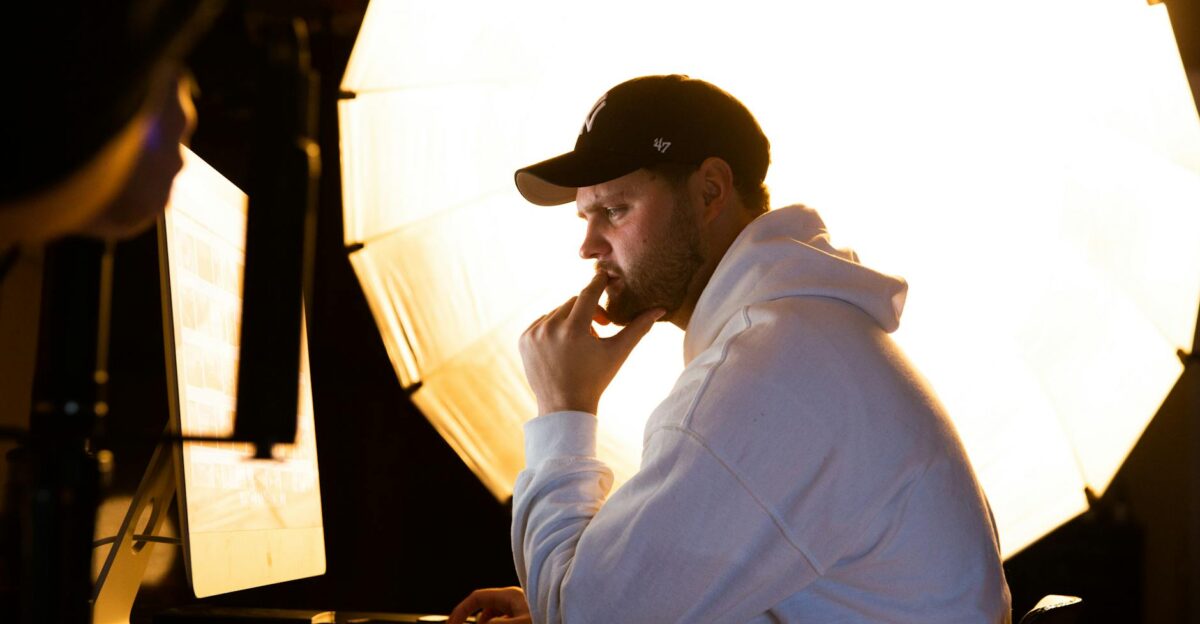
The podcast episode itself became controversial. Initially, the section about Snoop’s grandson was cut from the recording. After complaints, producers restored the segment in full. Media critics weighed in, raising questions about whether editing out sensitive topics shields audiences or distorts reality.
For Snoop, the restored version ensured his words were heard as he said them. For audiences, the back-and-forth became part of the story, highlighting how media outlets navigate sensitive cultural conversations in real time and how transparency matters when stories touch raw cultural nerves.
A Scene That Sparked It All
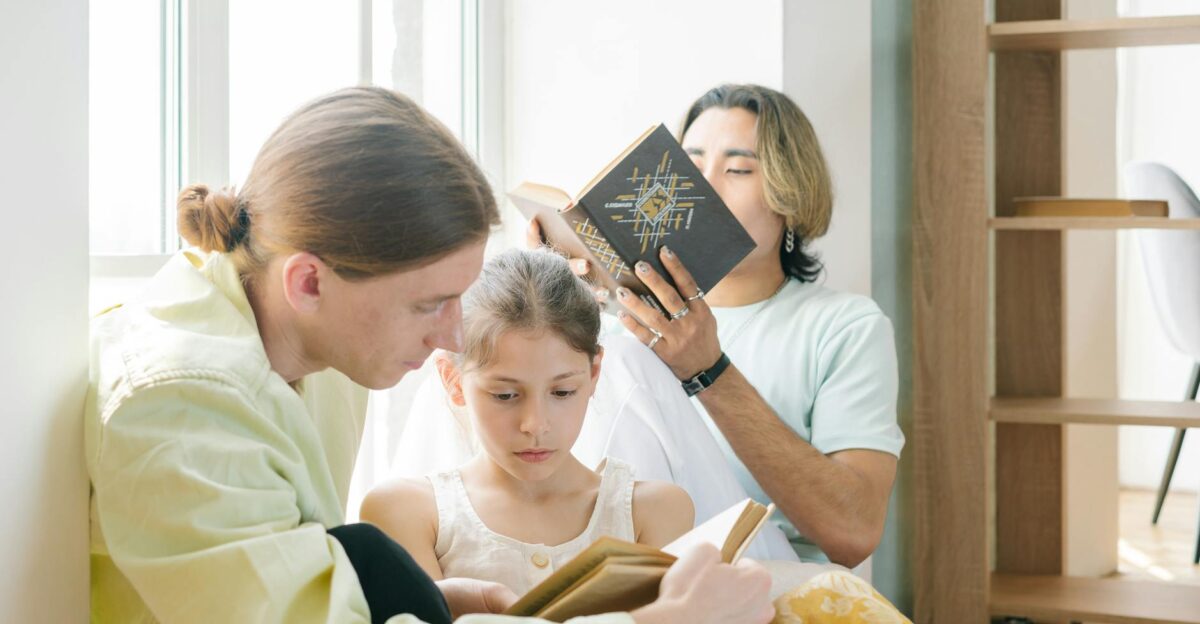
So what exactly caused the stir? A single moment onscreen, a depiction of a same-sex couple raising a child. To many families, it was just another storyline. But for others, it was a first encounter with themes their kids hadn’t yet asked about.
For Snoop, the scene didn’t just advance the plot. It opened a conversation at home, one that many parents know can feel overwhelming in the moment. The fact that this scene carried such ripple effects says much about the film’s power and ability to change conversations instantly.
A Scene That Broke Convention
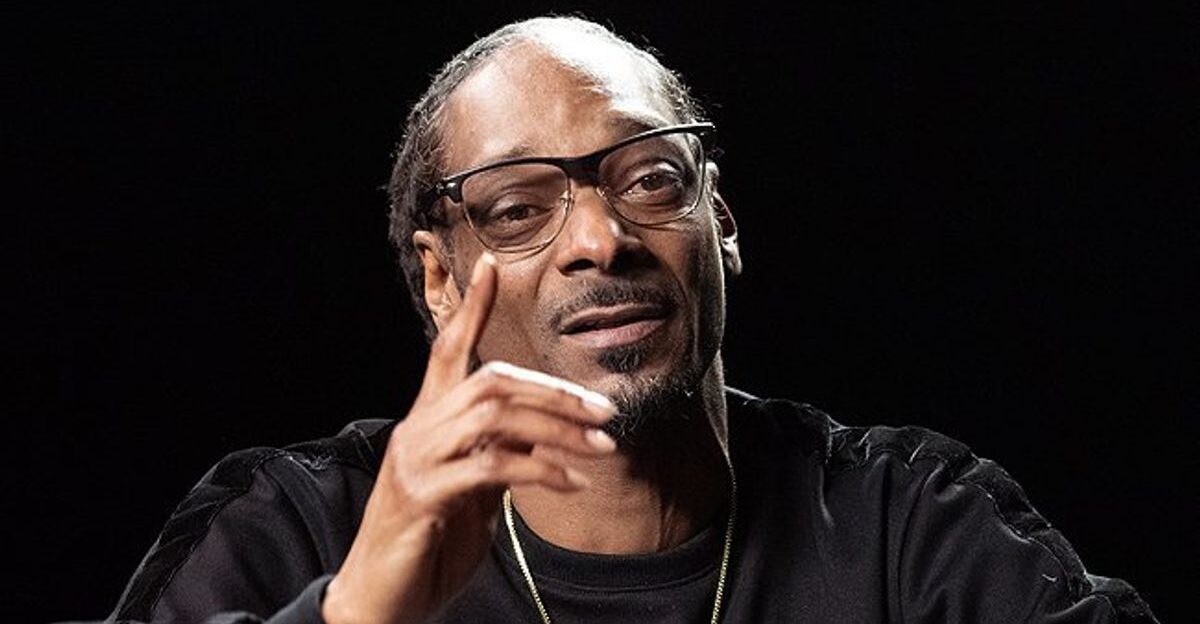
The scene was groundbreaking not only for what it showed, but for how it showed it, with tenderness, normalcy, and without apology. For some audiences, it felt like overdue representation. For others, it sparked questions they weren’t sure how to answer. Snoop’s experience captured that tension perfectly, not rejection, but surprise, and the sense of being unprepared.
As cultural critics pointed out, Hollywood had crossed into new territory, forcing families and filmmakers alike to confront the impact of their choices and the realities of shifting social expectations.
Pixar’s “Lightyear”
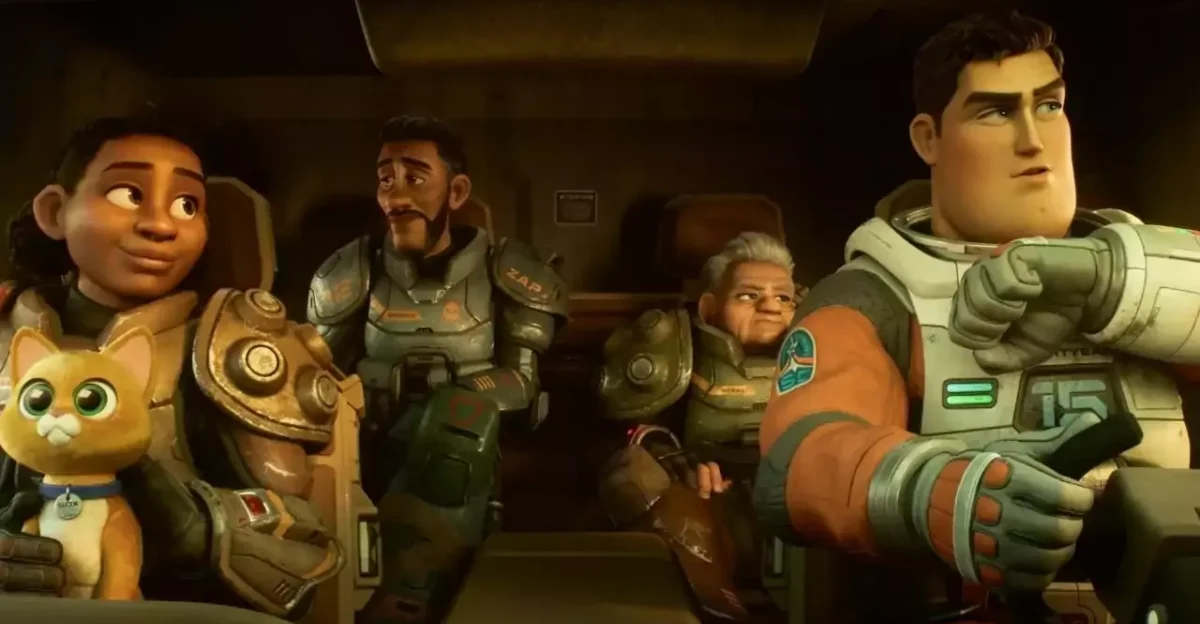
The film at the center of it all was Pixar’s Lightyear, a spin-off from the Toy Story franchise. Released in 2022, it featured Disney’s first major animated portrayal of a same-sex couple raising a child and a kiss between two women. The choice marked a historic step for Disney and Pixar.
For many audiences, it was a milestone worth celebrating. For others, including Snoop’s family, it arrived unexpectedly, demonstrating how much weight a single creative decision can carry beyond the theater and into everyday family conversations.
Behind-the-Scenes Battles
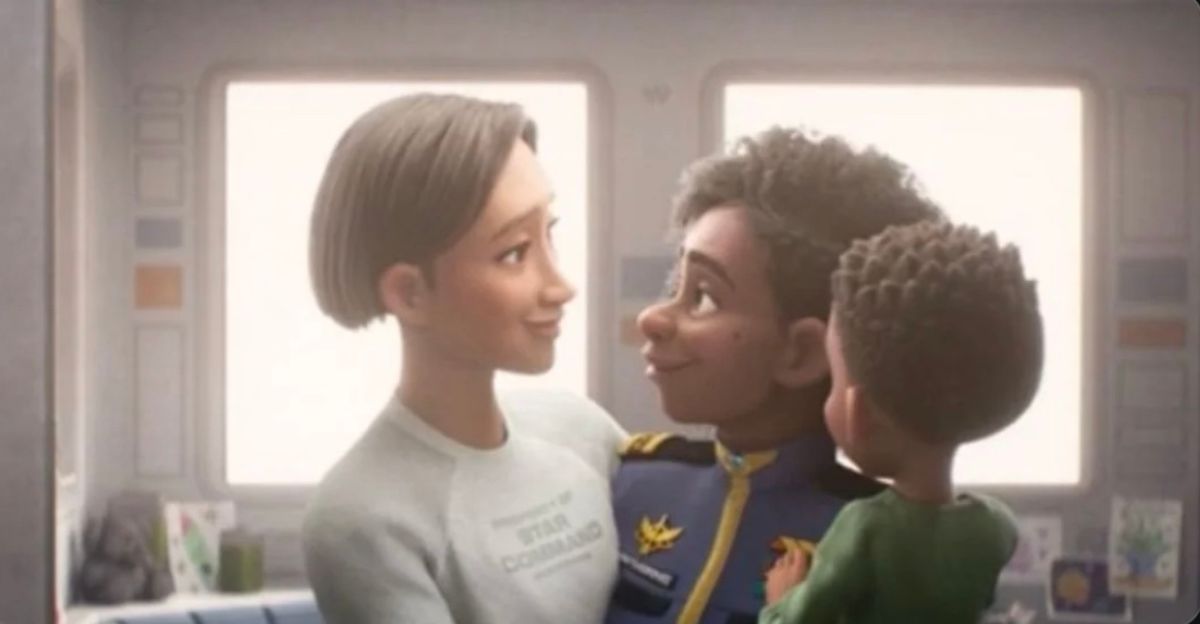
The kiss wasn’t always guaranteed to make it into the film. According to Variety, the scene was briefly cut, then reinstated after Pixar employees protested. The reversal came amid broader debates about Disney’s role in LGBTQ representation.
Chris Evans, who voiced Buzz Lightyear, defended the decision, telling Reuters that “representation in films is vital,” and that he hoped someday “this won’t be news—it’ll just be normal.” The final cut stood as a landmark moment for inclusivity in mainstream animation and a statement about creative integrity.
Global Repercussions

That decision came at a cost. After studios refused to remove the kiss, Lightyear was banned in over a dozen countries, including Saudi Arabia, the United Arab Emirates, and Malaysia. Disney accepted the financial hit, signaling it would prioritize representation over market access.
International headlines reflected the divide, celebrated in some regions, condemned in others. The move highlights how cultural acceptance varies worldwide, and how entertainment companies now find themselves at the center of geopolitical debates about art, values, and who gets to decide what families see onscreen.
America’s Divided Response
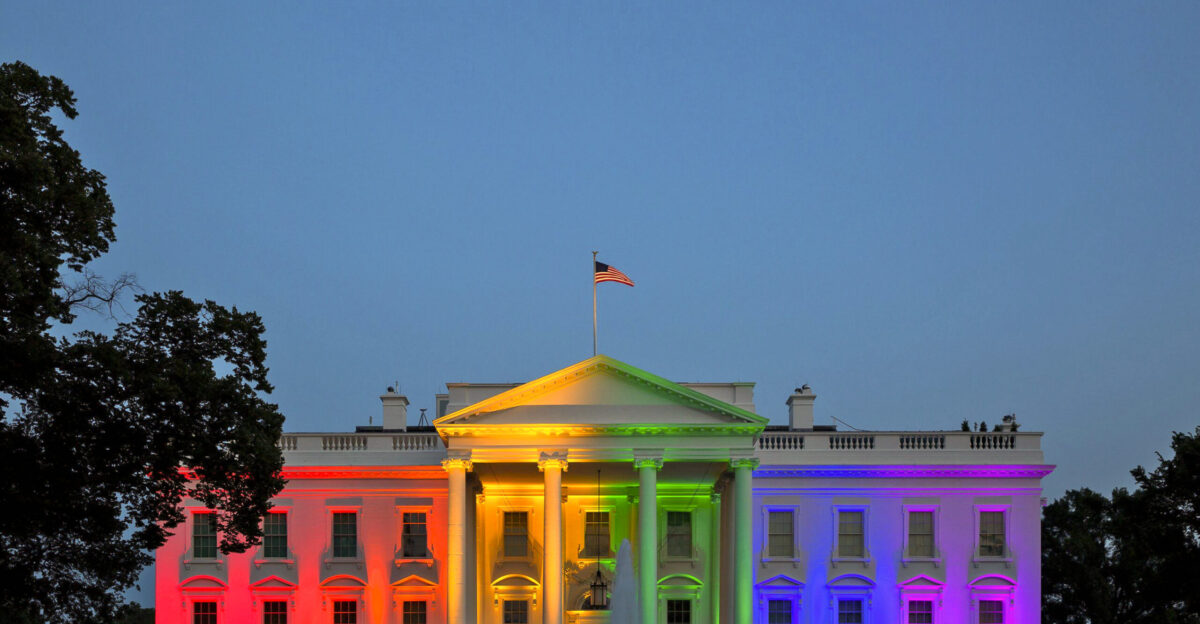
In the U.S., the release was just as polarizing. While many praised Pixar for finally giving same-sex families meaningful visibility, others echoed Snoop’s unease, worried about how to discuss it with young children. Polling by Gallup in 2022 showed that while 71% of Americans supported same-sex marriage, attitudes toward LGBTQ themes in children’s programming were more split.
For many families, Lightyear became less about the film itself and more about how—and when—to start difficult conversations at home, especially with kids who often ask direct, unfiltered questions.
Supporters Speak Out
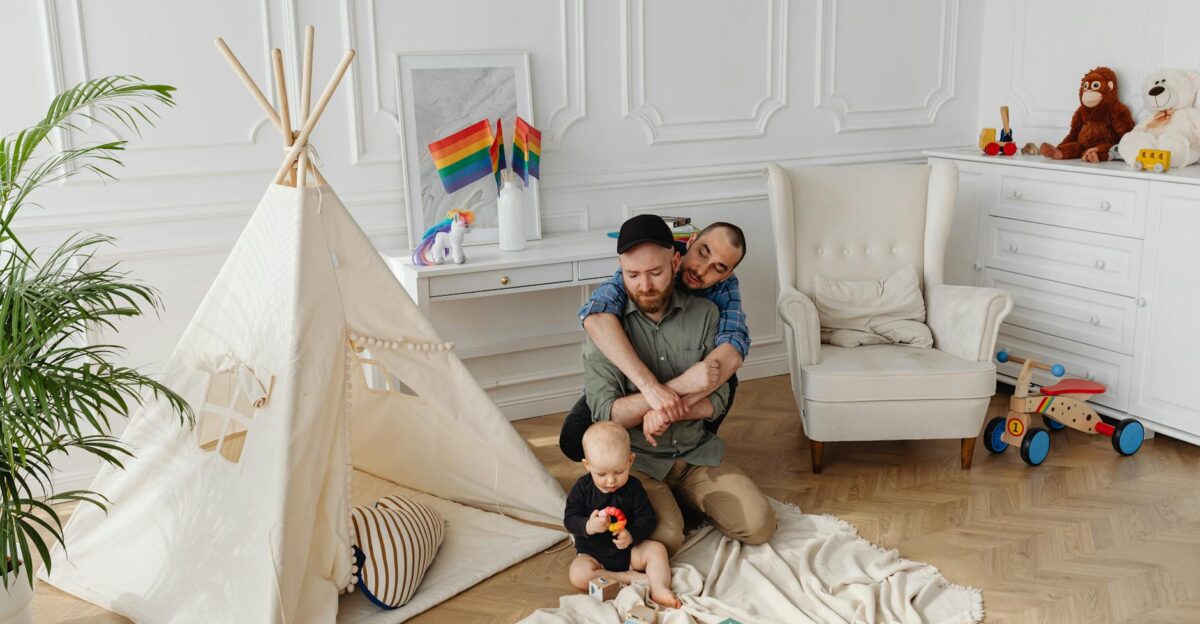
Directors and cast members stood firm in defense of the film. Angus MacLane, who co-directed Lightyear, told The Hollywood Reporter, “The controversy is whether people should love each other. That’s not really controversial.” For supporters, normalizing LGBTQ relationships in children’s media was both overdue and necessary. For critics, it felt premature.
The divide reflected not just ideology, but generational differences in how audiences think about family representation onscreen and how fast society is moving compared to many parents’ readiness to engage.
Expert Advice for Parents
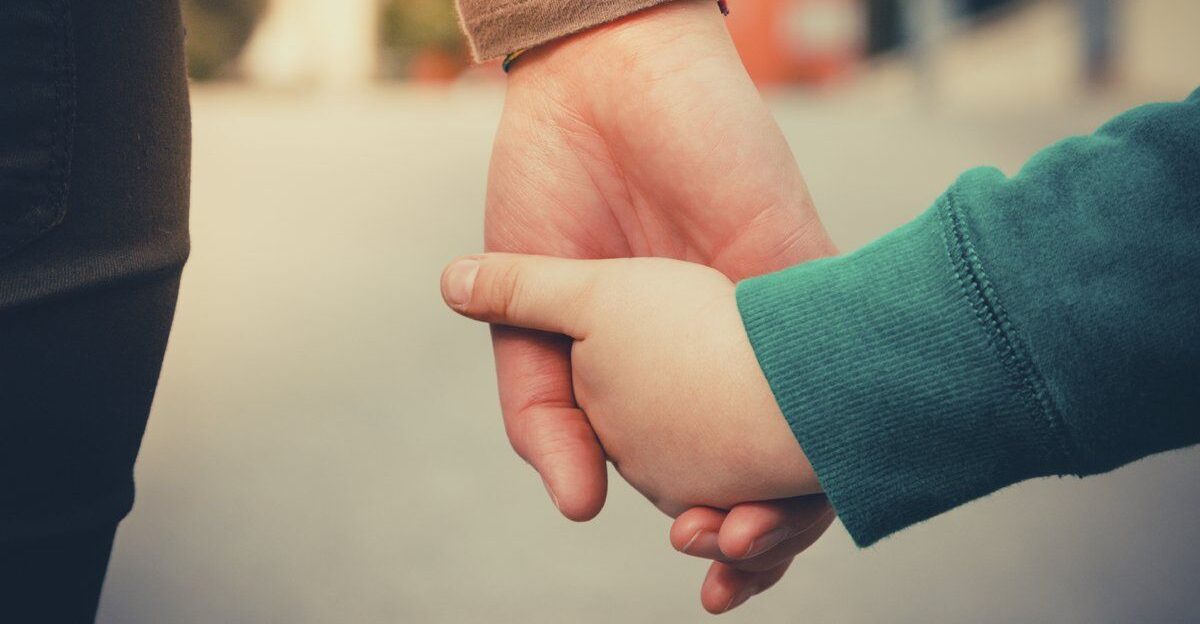
Psychologists say Snoop’s situation is far from unusual. In interviews, Dr. Laura Markham, a parenting expert, noted that kids’ questions about identity and family often arrive earlier than adults expect. Experts suggest answering with honesty, openness, and age-appropriate explanations.
They warn that avoiding the topic can send the wrong message. Instead, parents can treat moments sparked by films like Lightyear as opportunities to build empathy and understanding in ways children can absorb, turning confusion into connection and discomfort into valuable life lessons.
Why Stories Matter

The takeaway for filmmakers is clear: Stories don’t just entertain; they shape cultural understanding. Representation onscreen can validate experiences for some families while creating new conversations for others.
Critics have long argued that the media helps set social norms, and research published in the Journal of Communication shows representation in film can reduce prejudice over time. With that influence comes responsibility, as studios balance creative freedom, audience sensitivity, and the ripple effects of bold storytelling choices that can spark global conversations overnight.
Empathy and Pushback From Viewers
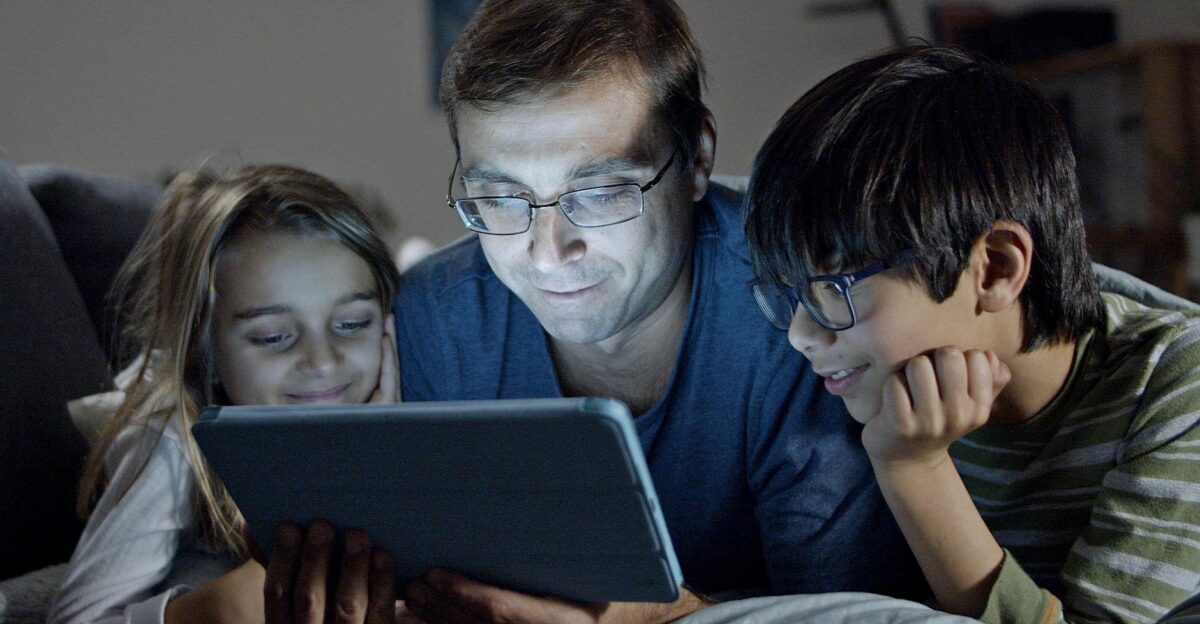
Online reactions to Snoop’s comments reflected the complexity. Some applauded him for admitting he was caught off guard, saying it humanized a cultural debate. Others criticized his hesitation, seeing it as resistance to progress. Families chimed in with their own experiences, stories of confusion, acceptance, or both.
The rapper’s movie night wasn’t just personal; it became a mirror, reflecting how audiences across the country grapple with similar conversations in their homes, often with no clear roadmap to follow.
More Than One Film

Lightyear wasn’t an isolated case. Shows like Steven Universe and The Owl House have also made LGBTQ characters central to children’s storytelling, sparking praise and controversy. Hollywood’s willingness to push boundaries has steadily grown, with creators saying they want to reflect the diversity kids already see in the real world.
For families, these conversations will likely continue, whether at the movies, during a TV show, or even while scrolling through streaming platforms together, where new representations arrive every month.
Turning Controversy Into Connection

Experts encourage parents not to shy away when children ask questions sparked by the media. As developmental psychologist Christia Spears Brown told NBC News, the best way forward is to “answer simply, answer honestly, and then listen.”
Families that lean into these moments often emerge stronger, with deeper bonds and better understanding. Snoop Dogg’s candid account is just one reminder that even awkward, unexpected questions can become opportunities for connection, empathy, and resilience if adults are willing to lean into them.
A New Normal for Families and Hollywood

What began as an ordinary movie night became a teachable moment watched worldwide. Lightyear, and Snoop Dogg’s response to it, symbolize how rapidly storytelling is evolving, and how quickly families are being drawn into those changes.
Whether welcomed or resisted, this “new normal” is here, where films reflect different kinds of families, and parents will keep navigating the following conversations. Sometimes, movies bring us together in laughter. Other times, they ask us to grow together instead, gently pushing us into tomorrow’s world.